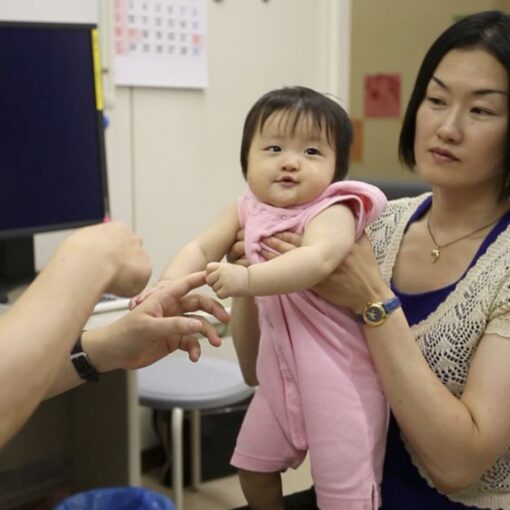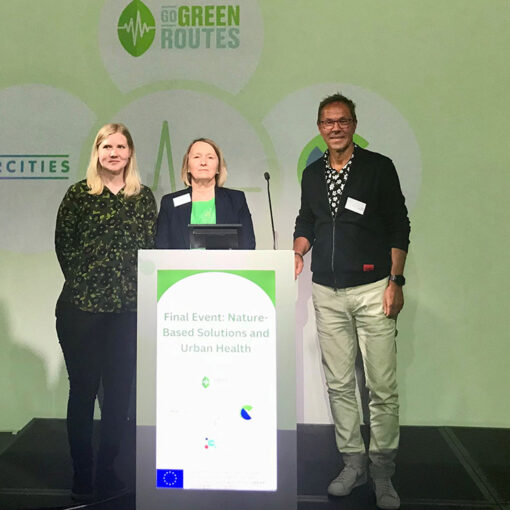The higher staffing level in 24-hour care will enter into force in Finland on 1st April 2023 (STM 2020). Since there is already a shortage of health care professionals, there is a significant risk that this will lead to the gradual dismantling of enhanced service housing and increase the price of home care in too many cases higher than enhanced service housing (Lankinen 2021).
It is no secret that the Finnish elderly service system is unable to target support in a timely manner and will only be activated when the need for support is obvious. This is mainly due to inadequate reablement expertise and the inability to target it at a sufficiently early stage as part of home care or preferably even before the need for continuous care. Everyday rehabilitation, which has long been in use in other Nordic countries, has proved to be more cost-effective than traditional home care and rehabilitation (Niskanen 2019).
Due to stale legislation, operating models and methods will also explain why the Finns over the age of 65 have a significantly lower functional capacity compared with other Nordic countries. In the control countries, those aged 65 and over are considerably healthier in comparison with Finns, but life expectancy is roughly the same. (OECD 2017.) The finding suggests that early-stage reablement could increase the number of quality-oriented years of life and reduce the need for continuous care and costs.
![[Alt text: An elderly lady and a young woman sitting in the park, smiling and looking at mobile phone which is in youngster's hand.]](https://blogit.lab.fi/labfocus/wp-content/uploads/sites/8/2022/03/84_2022_Reablement-to-Save-Decaying-Services-for-the-Elderly-1024x598.jpg)
Targeting everyday reablement requires modern expertise and tools
Reablement is a holistic approach in which a multi-professional team trained in everyday rehabilitation supports the individual in maintaining and promoting their own functional capacity. Reablement is inclusive of the individual, including functional capability assessments that direct goal-oriented activities for promoting and maintaining functional capacity, taking into account the living environment, possible aids, communities and interpersonal relationships. (Metzelthin et al 2020.)
In the Nordic countries, reablement has mainly been studied as part of home care (Niskanen 2019). The earlier it can be targeted to the risk segments outside the regular home care, the better the cost-effectiveness of reablement can be expected. In optimal cases, reablement should be targeted and studied before the need for regular home care.
The stale Finnish legislation directs to act in a situation where the need for support is obvious and the cost-effectiveness of the support measures is poor. As a result of the social and health care reform, 21 welfare districts will start to operate in the beginning of 2023. It remains a key task for welfare districts to develop the upstream service chain and targeted reablement before the need for continuous care. Modern self-assessment methods and IoT-technology will allow carrying out the measures in an intensive, short-term and cost-effective manner, which is mandatory in order to maintain the unique Finnish welfare services.
Author
Niko Lankinen works as a chief specialist in health and well-being service innovations at LAB University of Applied Sciences.
References
Lankinen, N. 2021. Hallituksen esitys vanhuspalvelulaiksi (HE 231/2021) uhkaa kotihoitoa ja jatkuvaa hoivaa. LAB Focus blog. Cited 1 Feb 2022. Available at https://blogit.lab.fi/labfocus/hallituksen-esitys-vanhuspalvelulaiksi-he-231-2021-uhkaa-kotihoitoa-ja-jatkuvaa-hoivaa/
Metzelthin, S., Rostgaard, T., Parsons, M., Burton E. 2020. Development of an internationally accepted conceptualisation of reablement: a Delphi study. Ageing and Society. Cited 2 Feb 2022. Available at https://www.researchgate.net/publication/344527566_Development_of_an_internationally_accepted_definition_of_reablement_a_Delphi_study
Niskanen, S. 2019. Mihin arkikuntoutuksen kustannusvaikuttavuus perustuu? Cited 1 Feb 2022. Available at https://voimin.fi/mihin-arkikuntoutuksen-kustannus-vaikuttavuus-perustuu/
The Organisation for Economic Co-operation and Development (OECD). 2017. Life expectancy and healthy life expectancy at age 65. Cited 2 Feb 2022. Available at https://www.oecd-ilibrary.org/docserver/health_glance-2017-74-en.pdf?expires=1638985350&id=id&accname=guest&checksum=2D8DC5C1A2DDE5832CF50184375A1A35
Piacquadio, A. 2020. Reche, D. Penkki, kaupunki, mies, rakkaus. Pixabay. Cited 3 Feb 2022. Available at https://www.pexels.com/fi-fi/kuva/penkki-kaupunki-mies-rakkaus-3791664/
Sosiaali- ja terveysministeriö. 2020. Laki ikääntyneen väestön toimintakyvyn tukemisesta sekä iäkkäiden sosiaali- ja terveyspalveluista annetun lain muuttamisesta (565/2020). Cited 3 Feb 2022. Available at https://www.finlex.fi/fi/laki/alkup/2020/20200565




